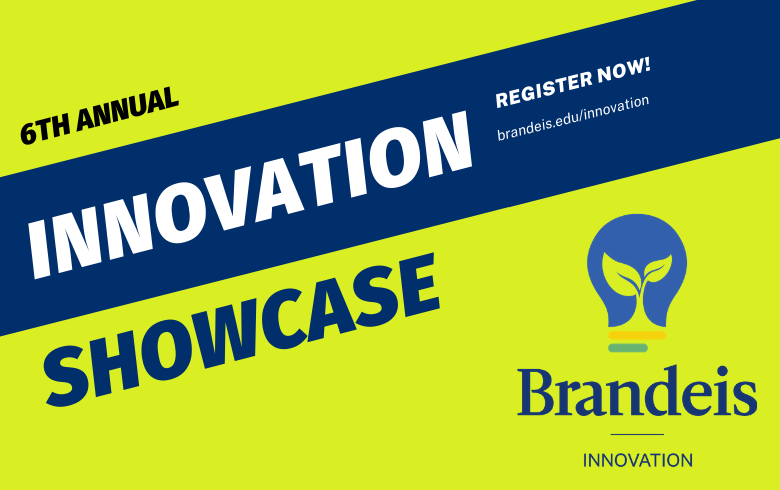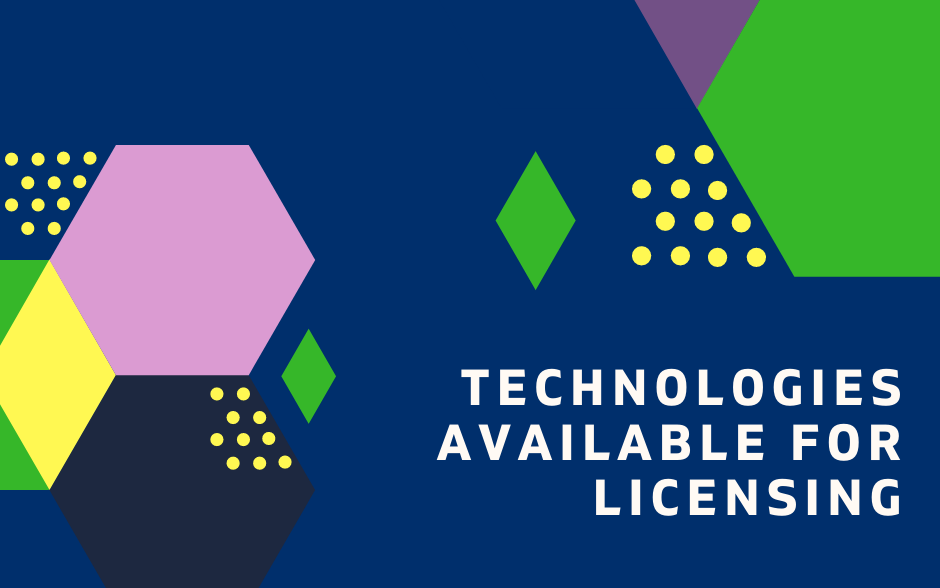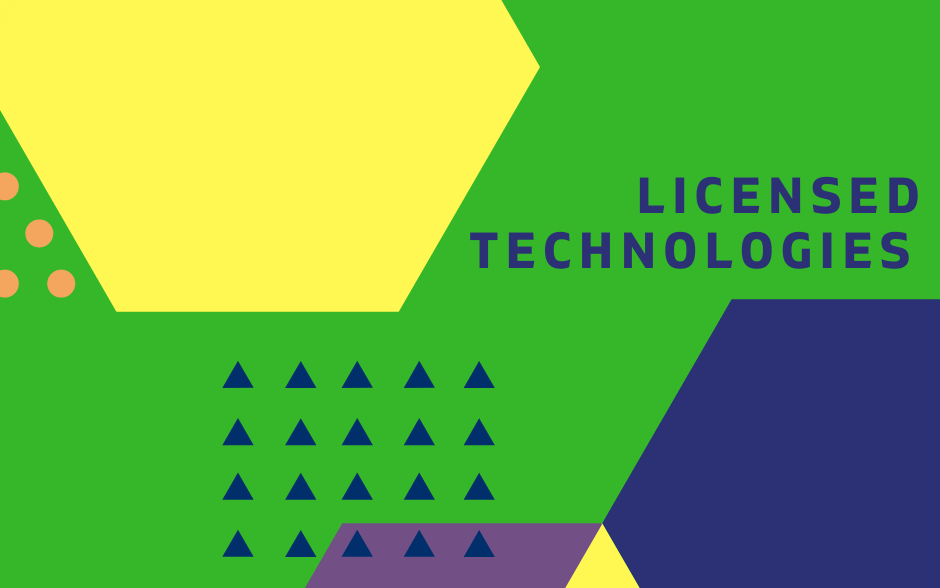
Another season brings another series of innovations at Brandeis, including breakthroughs in ALS treatment, functional foods and genomics. Check out our latest inventions in this email.
As always, if you are interested in our technologies or wish to explore opportunities to work with Brandeis inventors, email the Office of Technology Licensing team at otl@brandeis.edu
|
|
|
|
Brandeis Scientists Discover
Potential ALS Treatment
|
Major Breakthrough in ALS Research Among Recent Innovations at Brandeis
|
|
Brandeis researchers Gregory Petsko, Dagmar Ringe and Shulin Ju have developed a protein for use in gene therapy for the inherited form of Amyotrophic Lateral Sclerosis, or ALS. The invention was licensed to a Brandeis startup, BRI-Alzan which was later acquired by MeiraGTX, a New York-based gene therapeutics company for potential development into a life-saving treatment. The advancement in ALS research is facilitated by Brandeis Innovation’s Office of Technology Licensing, which provided early-stage support in protecting and commercializing the technology and connecting Brandeis innovators to biotechnology pioneers who may potentially transform this invention born in the labs of Brandeis into new gene therapies.
|

Upcoming Innovation Showcase to Highlight Recent Discoveries |
|
Tune in to Brandeis's Innovation Showcase to explore recent innovations. Learn about the innovations born at Brandeis and meet our remarkable innovators at #DeisInno20
|

Daniel Perlman
This technology enables cheaper and faster processing for food manufacturers when producing low water activity fat-containing probiotic spreads and butters made from nuts, seeds and beans. These include spreads from peanuts, almonds, hazelnuts, soybeans, chia seeds and sesame seeds. The technology allows probiotics to be added more effectively to a wide range of healthy foods.
Isaac Kraus, Satoru Horiya, and Yollete V Guillen Schlippe
Antibody 2G12, isolated from an HIV positive individual, binds and neutralizes a broad range of HIV strains, and provides sterilizing immunity against HIV challenge in macaque models of infection. The method combining mRNA display with unnatural amino acids using “click” chemistry allows in vitro selection of multivalent glycopeptides to design potential vaccines against HIV.
Isaac Kraus and Satoru Horiya
The invention shows that SELMA-based glycocluster selection, with “click” chemistry to attach Man9 azides to the library alkynes while the DNA encoding the random library is transcribed and translated. The process is repeated until multivalent glycopeptides are obtained, which have high-affinity for the target lectin.
Kenneth C Hayes and Daniel Perlman
Carrot pomace powder (CPP) has potential to be at the top of this list as a leading new source of functional dietary fibers. Currently considered a "waste product" of carrot juice production, CPP isolated using our proprietary process is highly enriched in both soluble and insoluble fibers (greater than 50% by weight) while maintaining a low sugar-to-fiber ratio in the final composition. When tested in the male Nile rat model of Type II Diabetes, CPP dramatically improved mammalian carbohydrate metabolism, including lowering lowered blood glucose, cholesterol and triglyceride profiles, while also reducing fat accumulation and weight gain.
Li Deng, Xiao Zhou and Yongwei Wu
The invention's studies of cinchonium betaines have led to the discovery of a new class of catalysts for enantioselective proton transfer catalysis. These new catalysts afforded a remarkably high catalyst turnover rate for the promotion of asymmetric isomerizations of trifluoromethyl imines. A broad range of alkyl, alkenyl, and aryl trifluoromethyl imines could be converted in a highly enantioselective manner into either enantiomer of the corresponding optically active trifluoromethylated amines with typically 0.02 to 0.10 mol % of the cinchonium betaines. With a mechanistically distinct mode of catalysis, this reaction should provide a complementary approach to existing methods for the asymmetric synthesis of trifluoromethylated amines.
Suzanne G. Paradis, Anna Moore and Marissa Kuzirian
Currently, millions of Americans suffer from epilepsy and fully 1/3 of these patients do not respond to available treatments. Researchers at Brandeis University have discovered that the Sema4D-PlexinB1 interaction may be harnessed as a novel strategy for the treatment of seizure disorders. The current invention is a novel approach to treating disorders such as epilepsy that would restore the normal E/I balance in network activity by permanently increasing the number of inhibitory synapses.
Christopher J Doona, Irving R Epstein, Florence Feehery, Kenneth Kustin
Chlorine dioxide is a well-known bleaching agent for paper pulp of flour and is also a well-known biocidal or anti-microbial agent for a broad spectrum of microorganisms in decontamination applications for bacterial spores, viruses, phage, mold, fungi and other pathogens. This invention is a method for a dry chemical composition in polymer substrates to rapidly and conveniently absorb moisture in humid environments, then safely and controllably produce chlorine dioxide to prevent mold, mildew, and pathogen growth that degrades textiles or other surfaces.
Cooling systems and methods for cryo super-resolution fluorescence microscopy and other applications
David DeRosier, Gina G Turrigiano, Charles Ingersoll and Marc Nahmani
This invention is a unique light microscope cryo-stage design to meet the rapid development of cryo-EM technology. Using microscopy at cryogenic temperatures, e.g., below -135 Celsius has several beneficial effects related to improving resolution. However there is presently no super-resolution cryogenic microscope assembly which can be used with a conventional light microscope without compromising the imaging resolution or performance of the microscope. In the present prototype, the cold stage works surprisingly well while balancing the accurate cold.

Galder Cristobal Azkarate and Seth Fraden
This invention provides microfluidic structures and methods for manipulating fluids, fluid components, and reactions. Such structures and methods can allow production of droplets of a precise volume, which can be stored/maintained at precise regions of a system. In addition, the invention is effective in containing and positioning components in an arrangement so that components can be manipulated and then tracked even after manipulation. For example, cells may be constrained in an arrangement in microfluidic structures to facilitate tracking during their growth and/or after they multiply.
Lawrence J Wangh, John Rice, Arthur Reis and J. Aquiles Sanchez
A kit for analyzing at least one single-stranded nucleic acid target sequence in a sample, comprising probe sets, each of which have two probes:
i) a probe labeled with a non-fluorescent quencher moiety that hybridizes to a first region of one of the at least one single-stranded nucleic acid target sequence, and
ii) a probe labeled with a fluorescent moiety that hybridizes to a second region
Jeffrey Agar and Joseph Salisbury
Researchers have developed compounds and methods for tethering proteins. These methods can play a critical role in drug development and other key research. Covalent bonds are critical to many key drugs. This particular application shows promise in the treatment of neurological conditions, including amyotrophic lateral sclerosis (ALS) and Alzheimer's disease.
Gregory Petsko, Dagmar Ringe and Shulin Ju
Brandeis researchers have discovered at agents involved in nonsense-mediated mRNA decay (NMD) can protect neuronal cells from damage associated with TDP-43 or FUS/TLS. The present invention therefore provides NMD agents for use in medicine, and specifically in treatment or prevention (e.g., delay of onset) of certain neurological disorders including specifically amyotrophic lateral sclerosis (ALS).